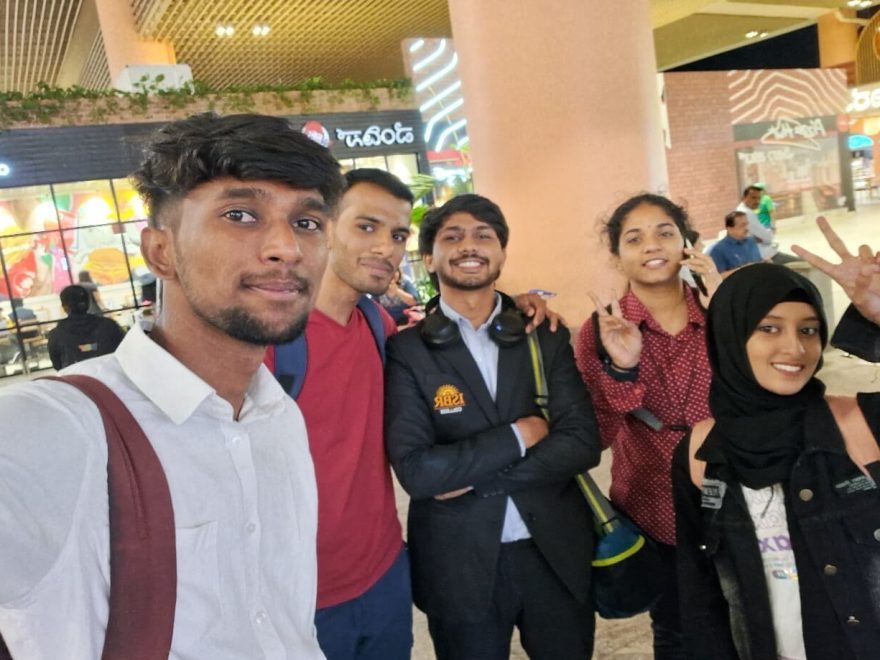A Glimpse into the World of Aviation Management
The Department of Management – Aviation at ISBR College, Bangalore, organized an insightful industrial visit for its 4th-semester BBA Aviation Management students. The trip, which took place on 08/06/2024, aimed to familiarize students with the practical operations of an international airport and connect their classroom learning with real-world scenarios.
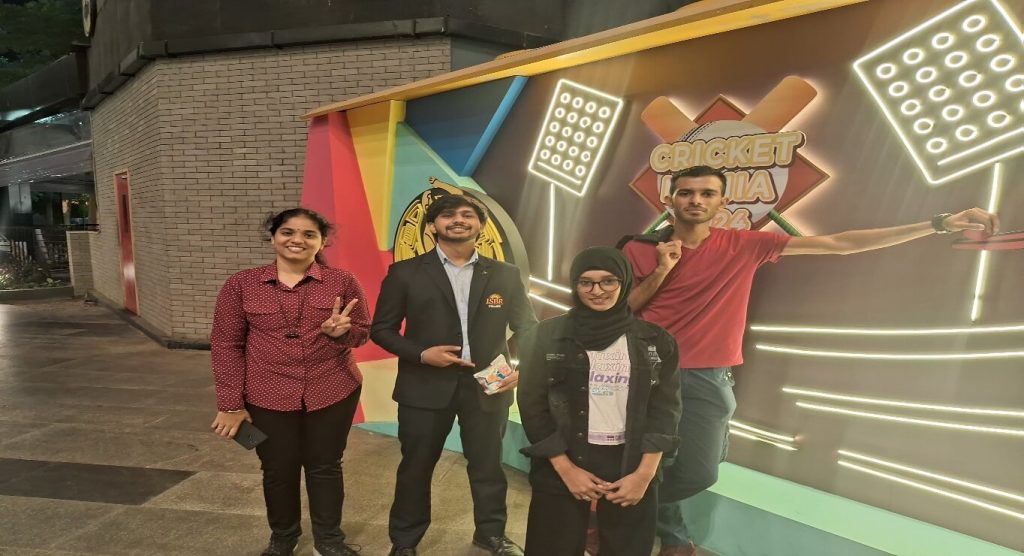
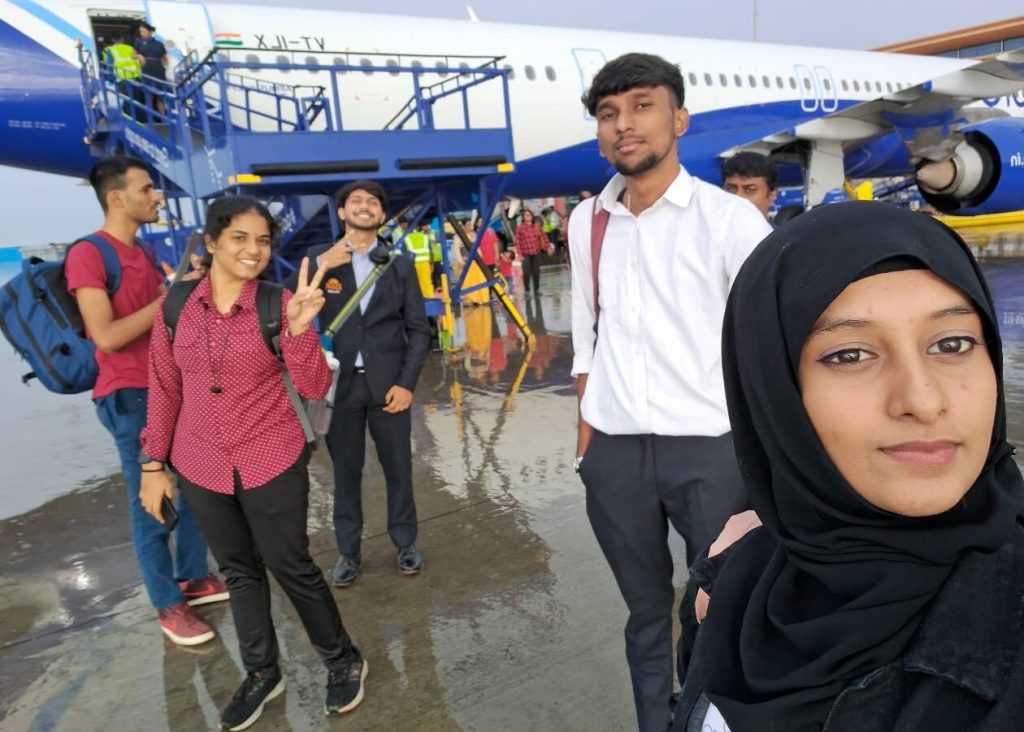
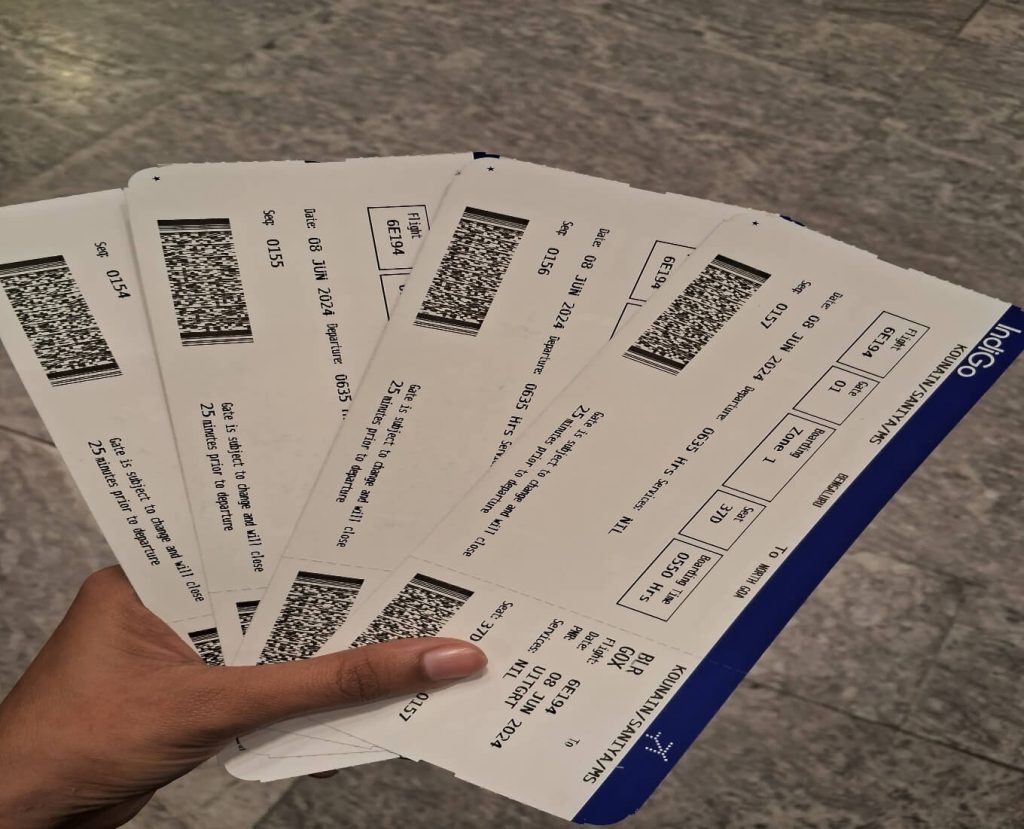
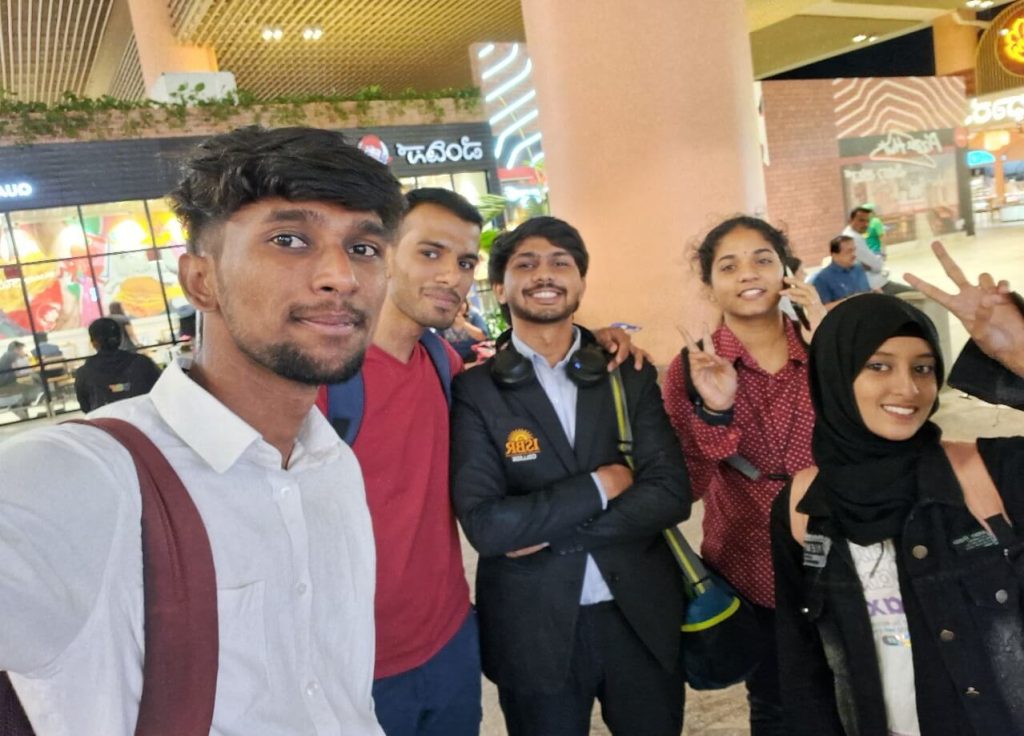
The destinations were the Goa Dabolim International Airport (IATA: GOI, ICAO: VAGO) and the Indian Naval Aviation Museum. The students, accompanied by visiting faculty Mr. Mahesh S and Mr. M Mujawar, traveled to Goa for this comprehensive day-long visit.
Goa Dabolim International Airport: Airside and Landside Exploration
The visit was designed to expose students to both the Airside and Landside areas of the airport.
The Landside Experience: Terminal Operations
The day began with an exploration of the Terminal Building operations and infrastructure. Students:
- Visualized the Resting Lounge Area, noting its facilities and amenities.
- Visited the Online Check-In area, where they gained an understanding of Baggage Handling and its separation methodology.
- Gained hands-on experience by operating real-time Kiosks, learning to generate Boarding Passes and retrieving flight information using the Digi Yatra App.
The Airside Dynamics: Ground Support Equipment (GSE)
The core of the airport visit involved a close look at the specialized Ground Support Equipment (GSE). The students observed several key pieces of equipment in action:
- Aero Bridge: They saw the impressive, corridor-like infrastructure used for transferring passengers directly from the gate section to the aircraft. This equipment is particularly beneficial for rapid action and assisting physically retired passengers.
- Push Back Tractor: This highly efficient tractor is used for “assisted Taxying.” They learned how towing is done and the securing process involving a hook and bar arrangement, noting the tractor’s ability to taxi the aircraft both forwards and backwards. Assisted taxying is considered faster than unassisted taxying.
- Catering Vehicle: Students observed the Catering Uplift Procedures. The massive vehicle, full of beverages and refreshments, was lifted to be on par with the aircraft doors for the food transfer. A small gap was intentionally left between the container and the aircraft to prevent contact that could cause cracks or dents.
- Fuel Truck (Bowser): They learned that the fuel, Aviation Turbine Fuel (ATF), is known in layman’s terms as White Kerosene. Fuel cost was highlighted by managers as the most challenging and draining variable cost in airline operations. Students also understood that refuelling is done by Bowsers or Hydrants (underground pipelines), with the fuel stored in the aircraft’s hollow wings.
The airside tour concluded at the taxiway, where students were exposed to Taxiway Markings, which are always painted in yellow, and other sign boards that guide the pilot during taxiing.
Exploring the Indian Naval Aviation Museum
Following the airport visit, the students traveled to the Indian Naval Aviation Museum in Bogmalo, Goa. The museum, which focuses on the history of the Indian Naval Air Arm, is located about 6 kilometers from Vasco da Gama.
Divided into an outdoor exhibit and a two-story indoor gallery, the museum was founded on October 12, 1998. The indoor gallery features rooms dedicated to:
- Naval armament, including bombs, torpedoes, auto cannons, and sensors.
- The progression of uniforms of the Indian air and naval forces.
- Large models of the INS Vikrant and INS Viraat.
Outdoors, students saw various aircraft engines and a collection of aircraft on display, including the:
- British Aerospace Sea Harrier
- Fairey Firefly TT.1
- Hawker Sea Hawk Mk 100
- Lockheed L1049G Super Constellation
- Westland Sea King Mk 42
- And several others, such as the HAL Chetak and De Havilland Vampire T.55.
Key Outcomes
The industrial visit proved beneficial for the students, allowing them to learn significantly about Airport Operations across both the Landside and Airside areas. They visually grasped the practical application of Ground Support Equipment and broadened their knowledge by seeing the various aircraft displayed at the Naval Aviation Museum.

